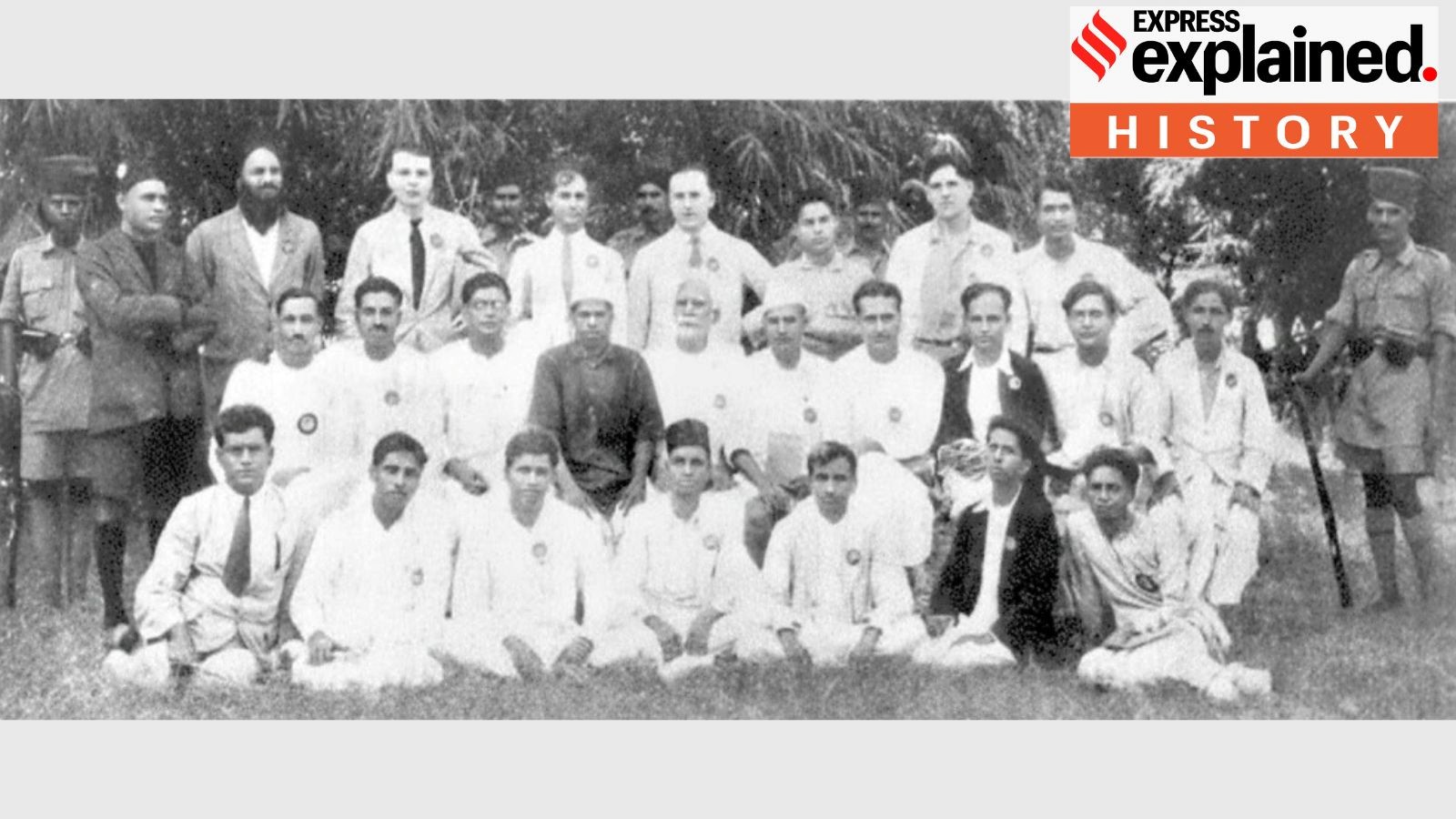Description
Copyright infringement not intended
PC: Moneycontrol
Context
Citing the need for improved period classification and scientific accuracy, the Archaeological Survey of India (ASI) has requested that archaeologist Amarnath Ramakrishna submit the Keezhadi excavation report with amendments.
About Keezhadi Excavations
- The Keezhadi excavation site is located near Madurai, Tamil Nadu, along the Vaigai River.
- It is a prominent urban Sangam-era settlement that dates back to the 5th century BCE or 3rd century CE.
- It is one of the most important archaeological discoveries in Tamil Nadu since the Adichanallur site.
- Excavations reveal an urban, literate, and craft-oriented civilization, indicating that South India experienced early urbanization independent of North Indian influences.
Key Findings
- Carbon dating (AMS) of charcoal reveals that urban settlements existed by 200 BCE.
- Urban characteristics discovered include brick structures, ring wells, pottery, graffiti, beads, and water storage facilities.
- Artifacts from the Sangam Age reveal connections to North India and Western trading networks.
- A big, ornamental pitcher, unique to Tamil excavations, was also discovered, demonstrating artistic and cultural development.
Cultural Significance
- Supports claims on a pre-Sangam urban Tamil culture.
- The mention of places like Manalur and Konthagai in Tiruvilayadal Puranam connects the site to traditional Tamil scriptures.
- Establishes Keezhadi as a hub of literacy, trade, and craftsmanship, countering North-centric civilisational notions.
About Sangam Age
|
Meaning of 'Sangam'
|
Derived from Sanskrit ‘Sangha’ meaning assembly or association
|
|
Significance
|
Refers to Tamil literary academies under the Pandya kings
|
|
Insights Provided By Sangam Literature
|
Governance, economy, trade, war, social life, agriculture
|
|
Oldest Tamil Grammar
|
Tolkappiyam
|
|
Major Collections
|
- Pattupattu (Ten Idylls)
- Ettutogai (Eight Anthologies)
|
|
Minor Works
|
Padinenkilkanakku (Eighteen Minor Works)
|
|
Three Great Tamil Epics
|
1. Silappadikaram
2. Manimekalai
3. Civaka Cintamani
|
Source: The Hindu
|
Practice Question:
Q. With reference to the Keezhadi excavation site in Tamil Nadu, consider the following statements:
- The Keezhadi excavation provides evidence of an urban civilization on the banks of the Vaigai River.
- Artefacts recovered suggest a link between the Sangam Age and the Indus Valley Civilization.
- Keezhadi is located in the Sivaganga district of Tamil Nadu.
- The excavation has revealed the earliest evidence of the use of iron in South India.
Which of the statements given above is/are correct?
A. 1 and 3 only
B. 1, 2 and 3 only
C. 2 and 4 only
D. 1, 3 and 4 only
Answer: B. 1, 2 and 3 only
Explanation:
- Statement 1 – Correct: Keezhadi reveals an urban, literate civilization on the banks of the Vaigai River, dating back to around 6th century BCE.
- Statement 2 – Correct: Cultural continuity and artefacts (like graffiti symbols) suggest a possible link between Sangam Age culture and remnants of the Indus Valley Civilization.
- Statement 3 – Correct: Keezhadi is indeed located in the Sivaganga district of Tamil Nadu.
- Statement 4 – Incorrect: While iron artefacts have been found, the earliest use of iron in South India predates Keezhadi and has been found at sites like Hallur (Karnataka). Keezhadi is not the earliest.
|








